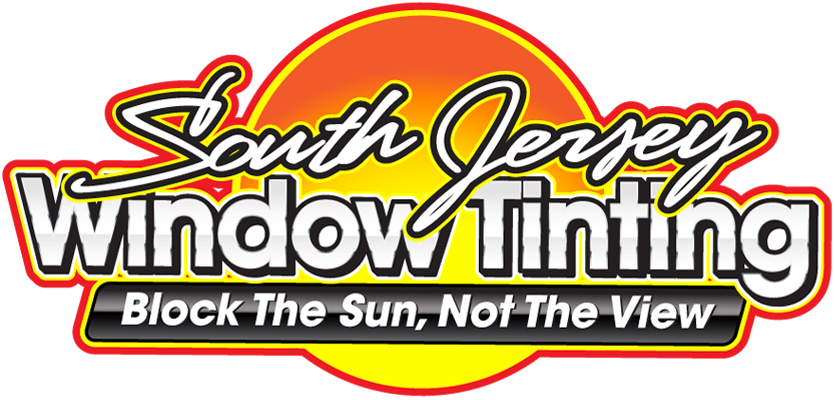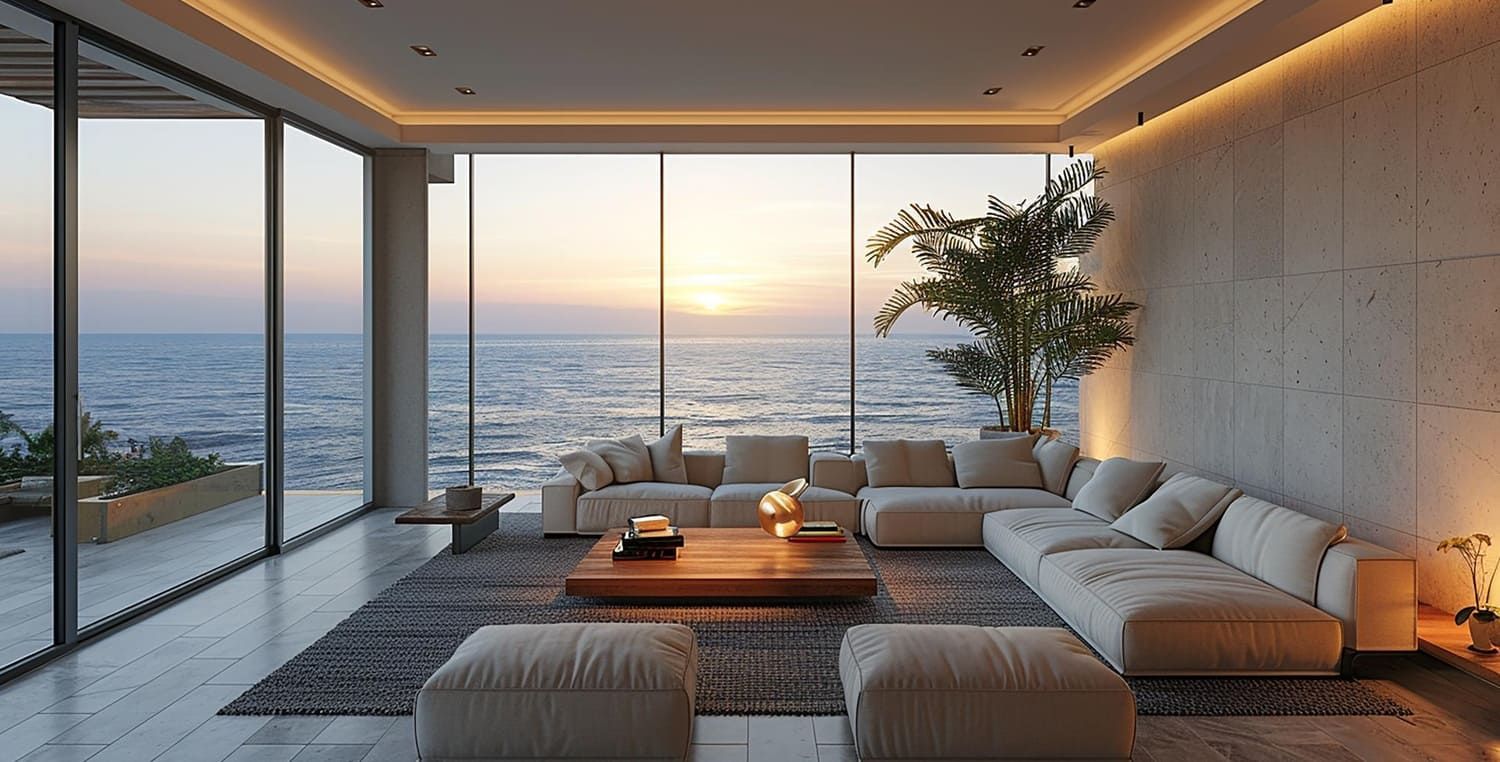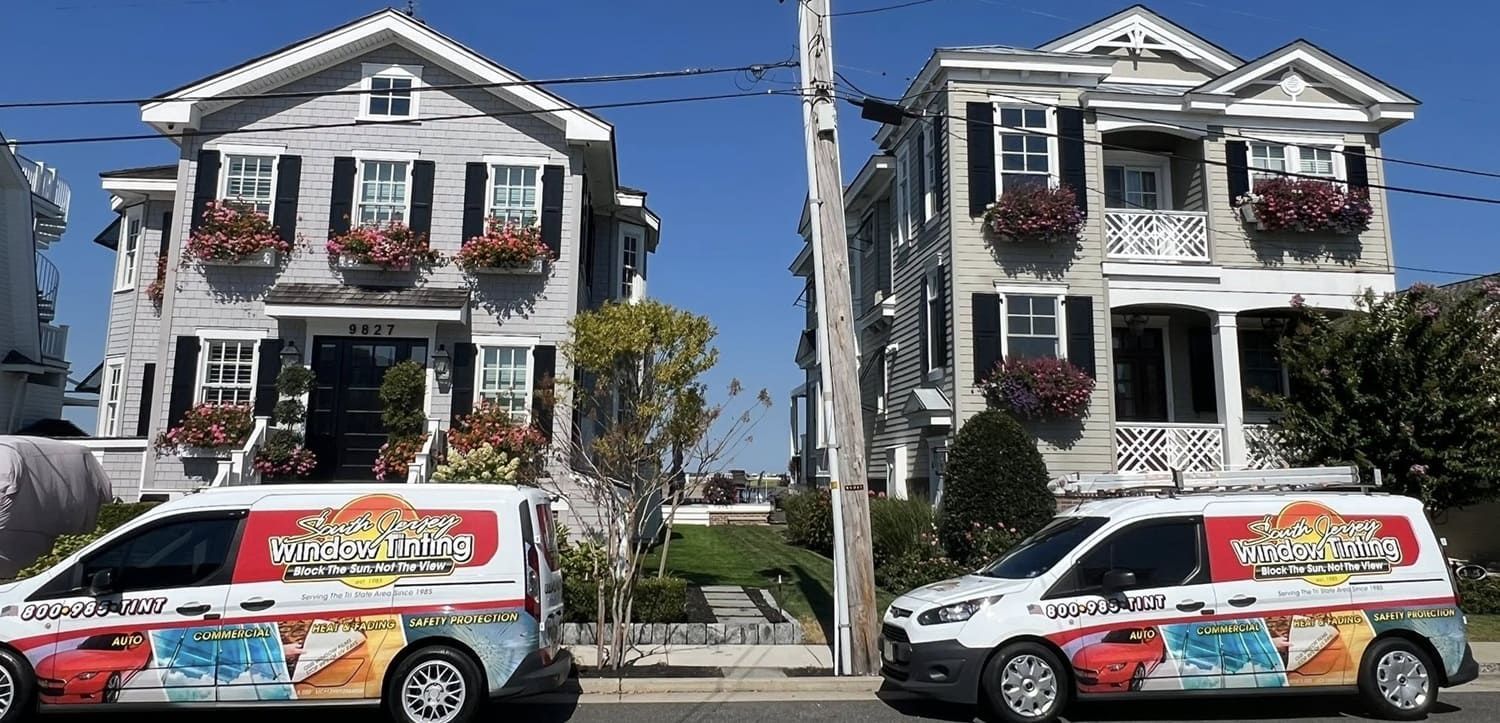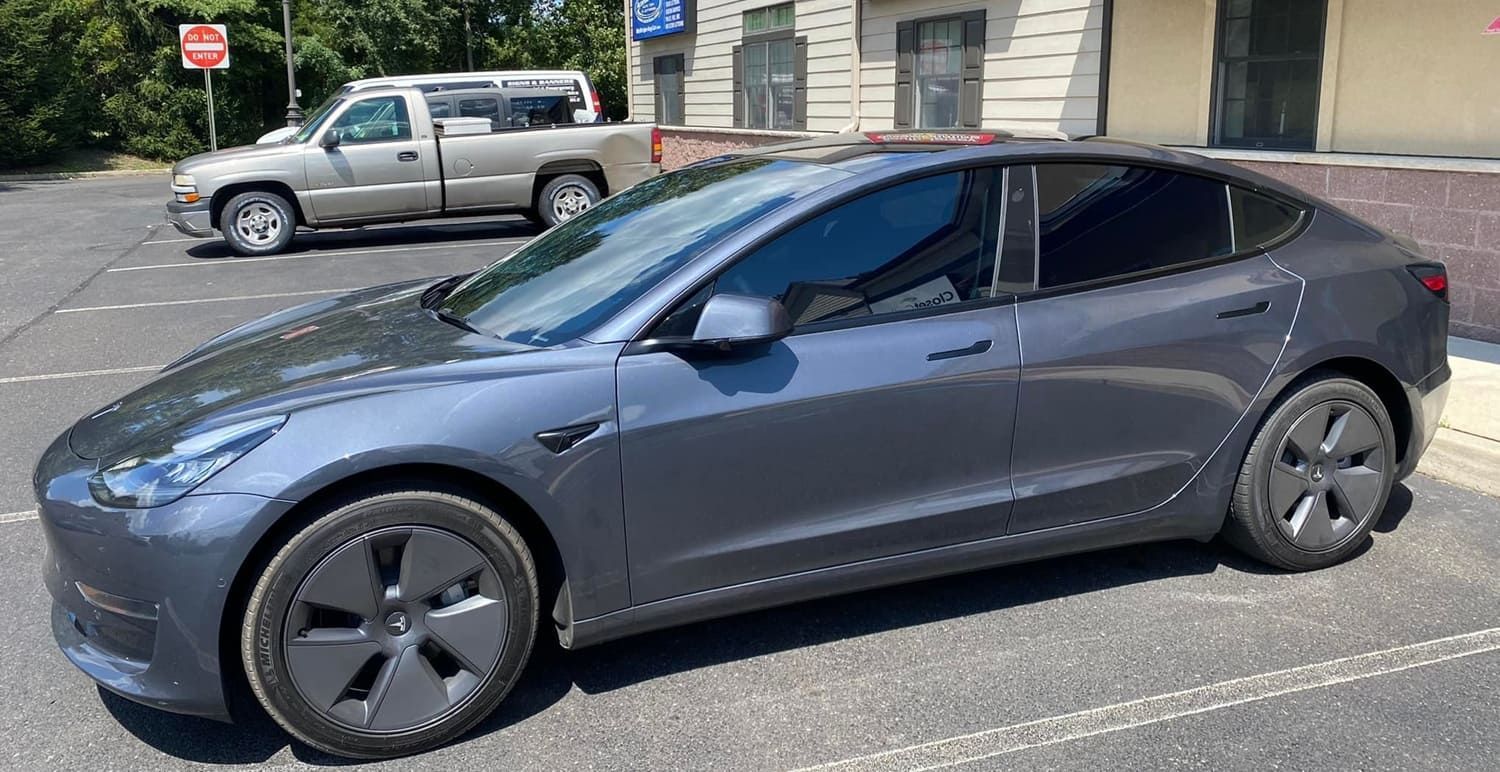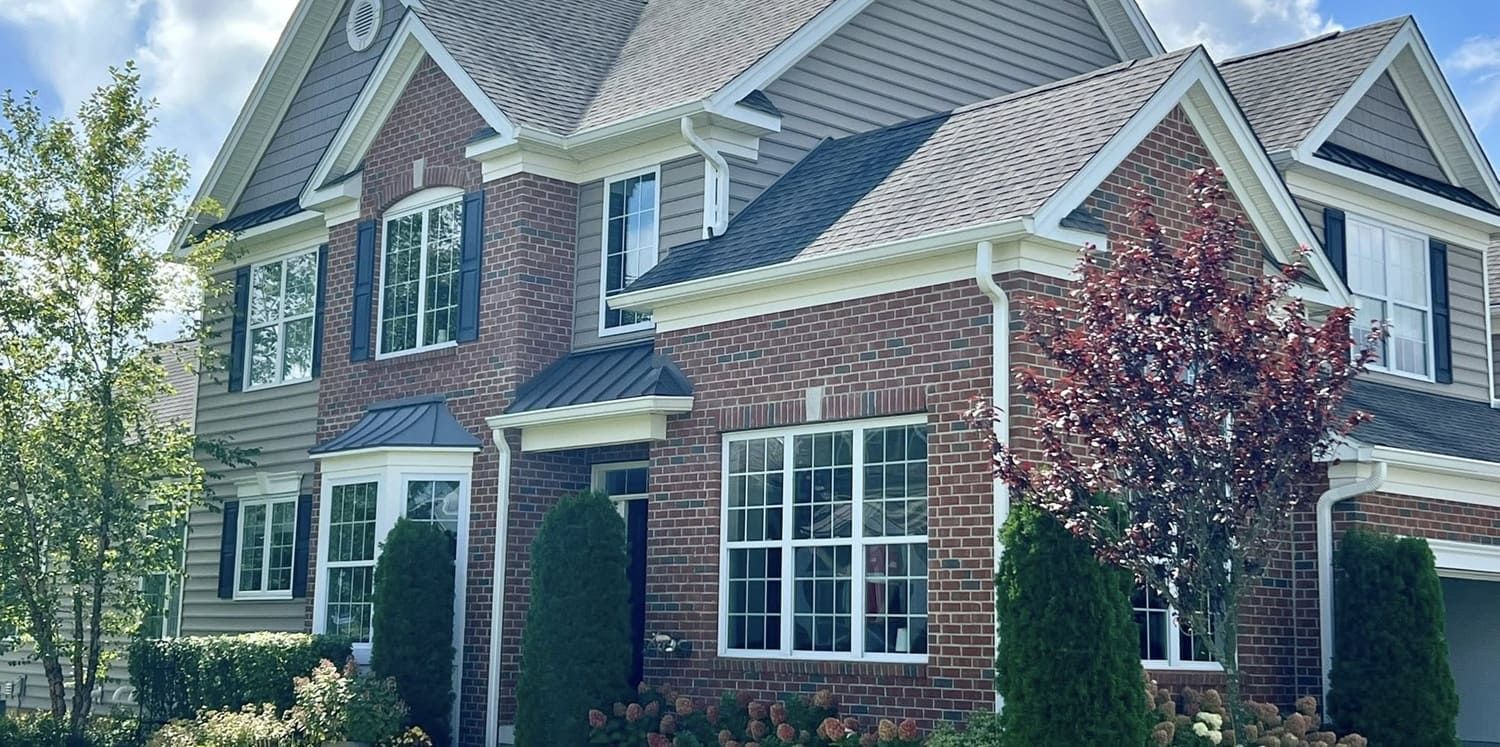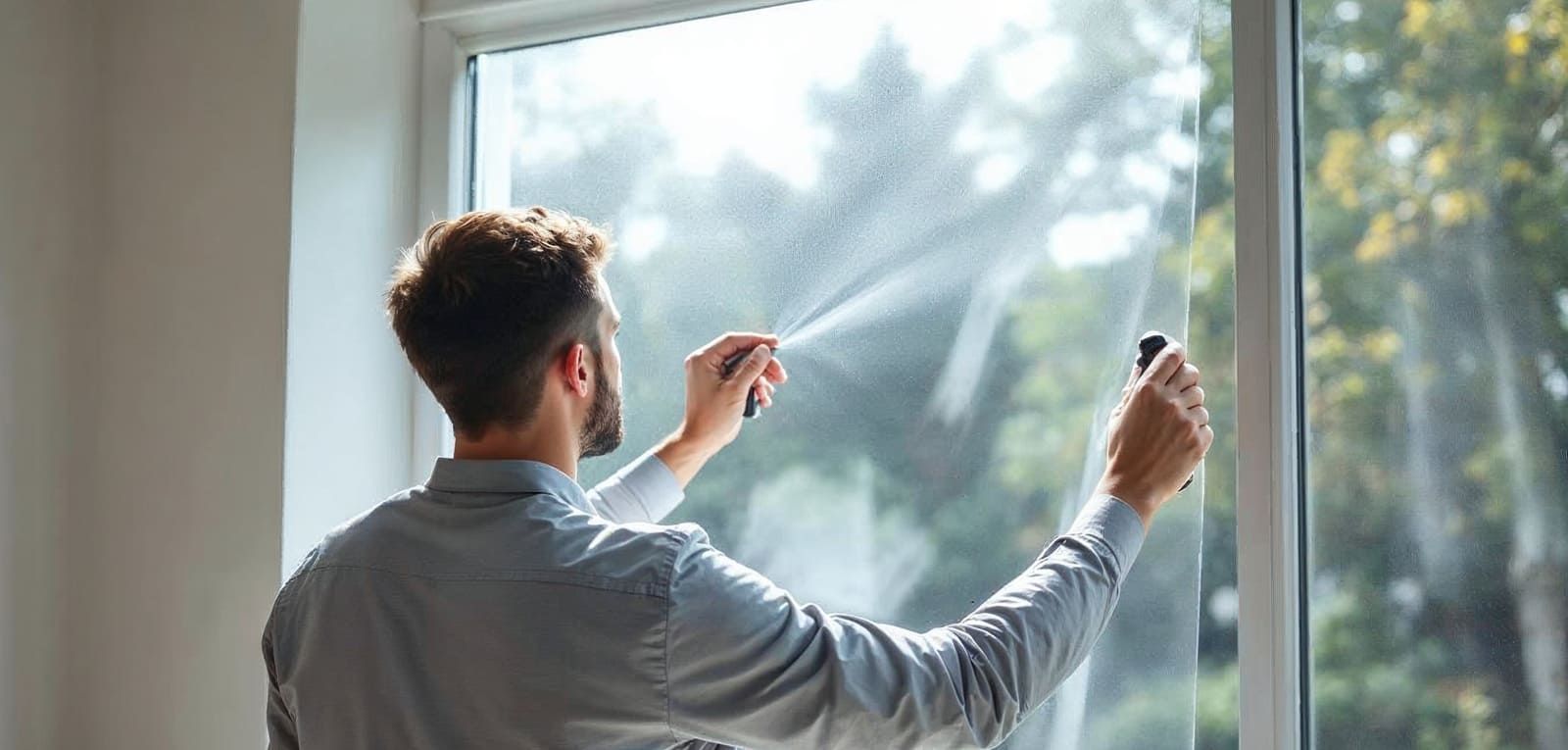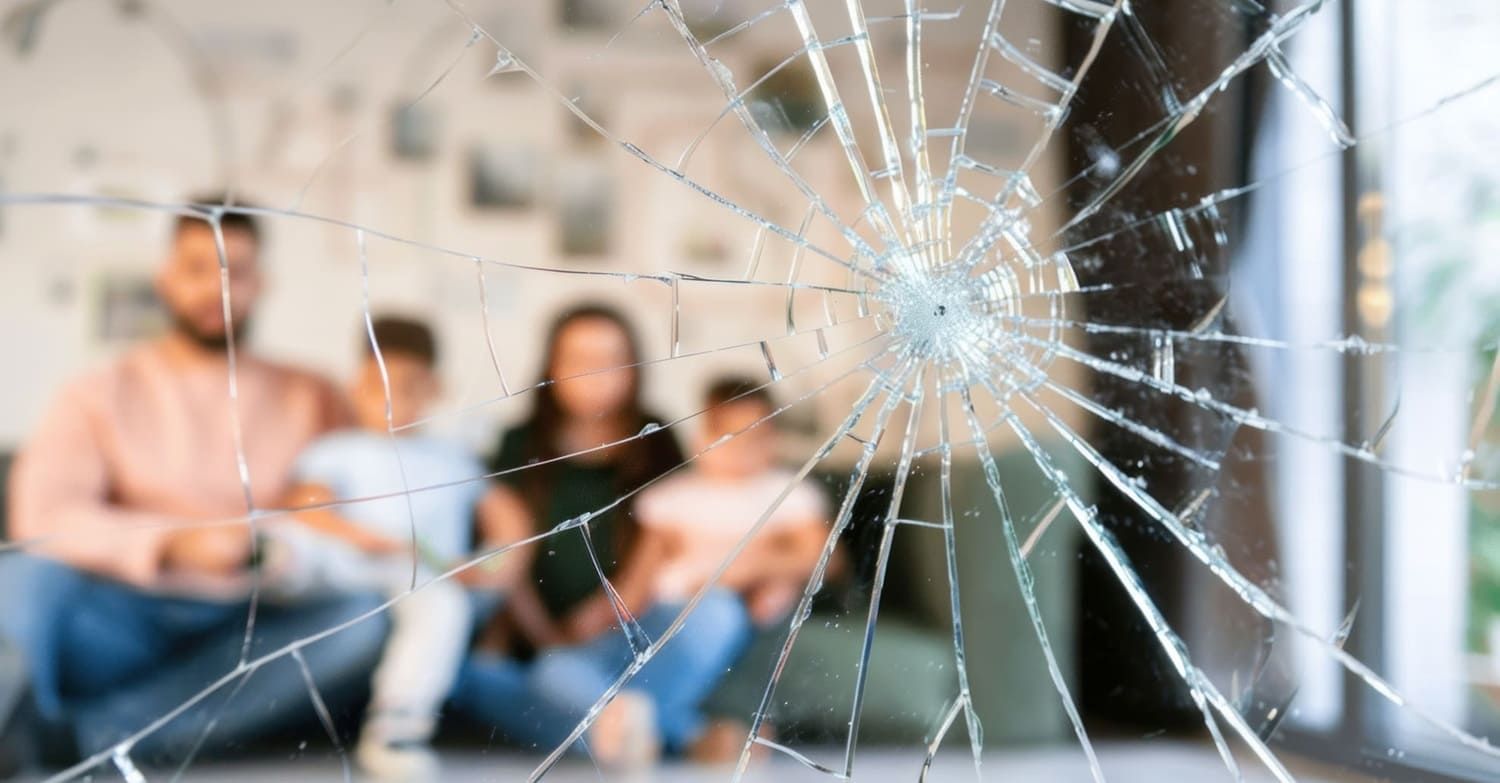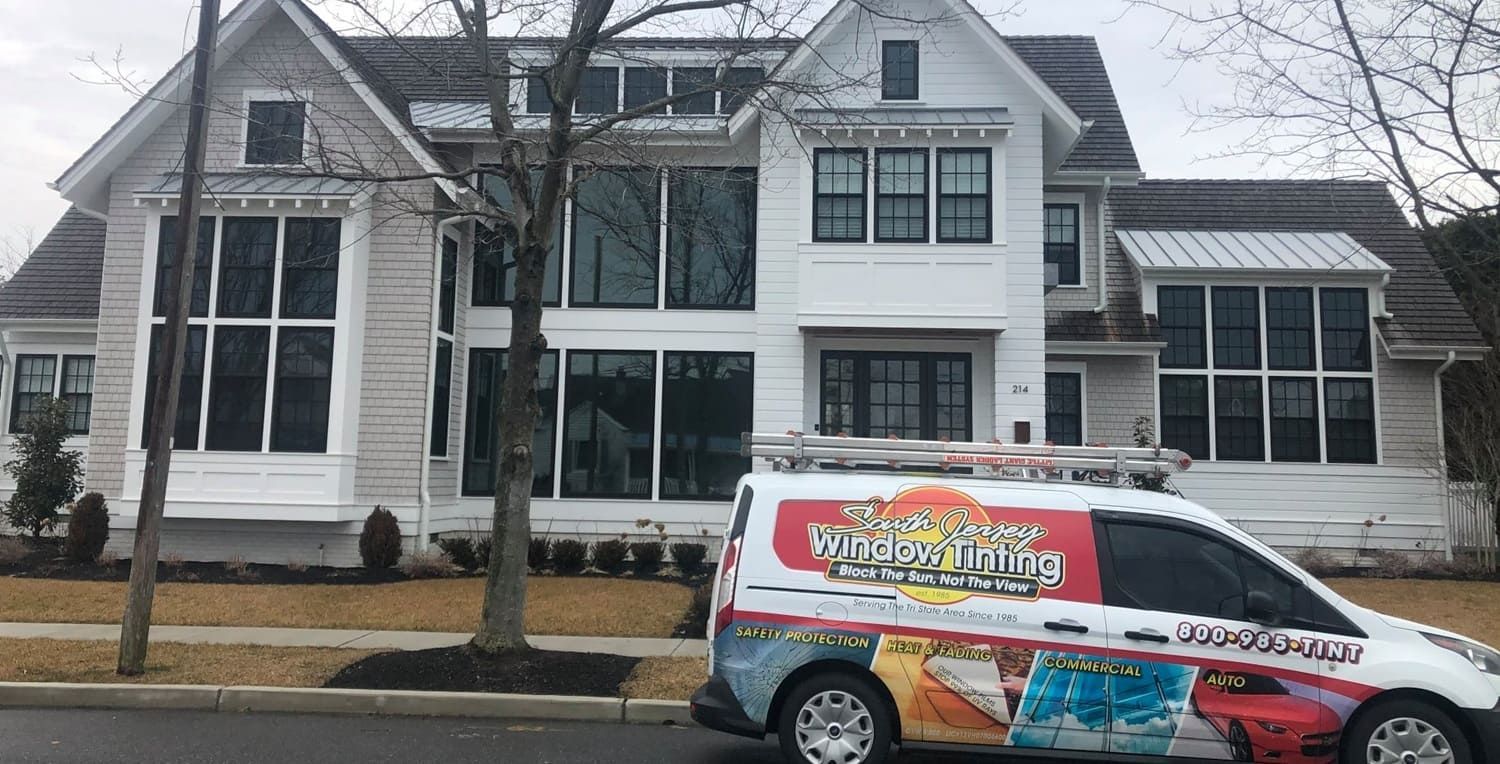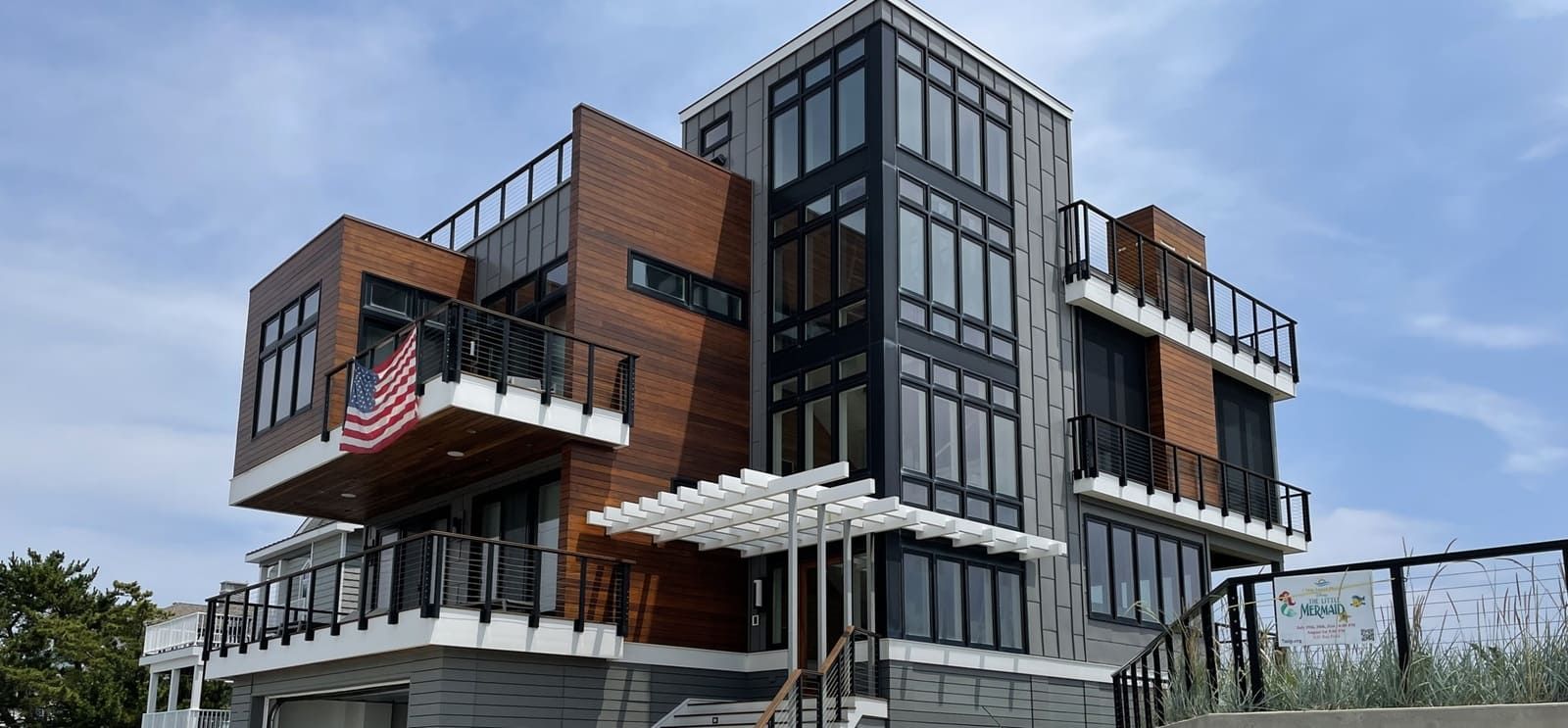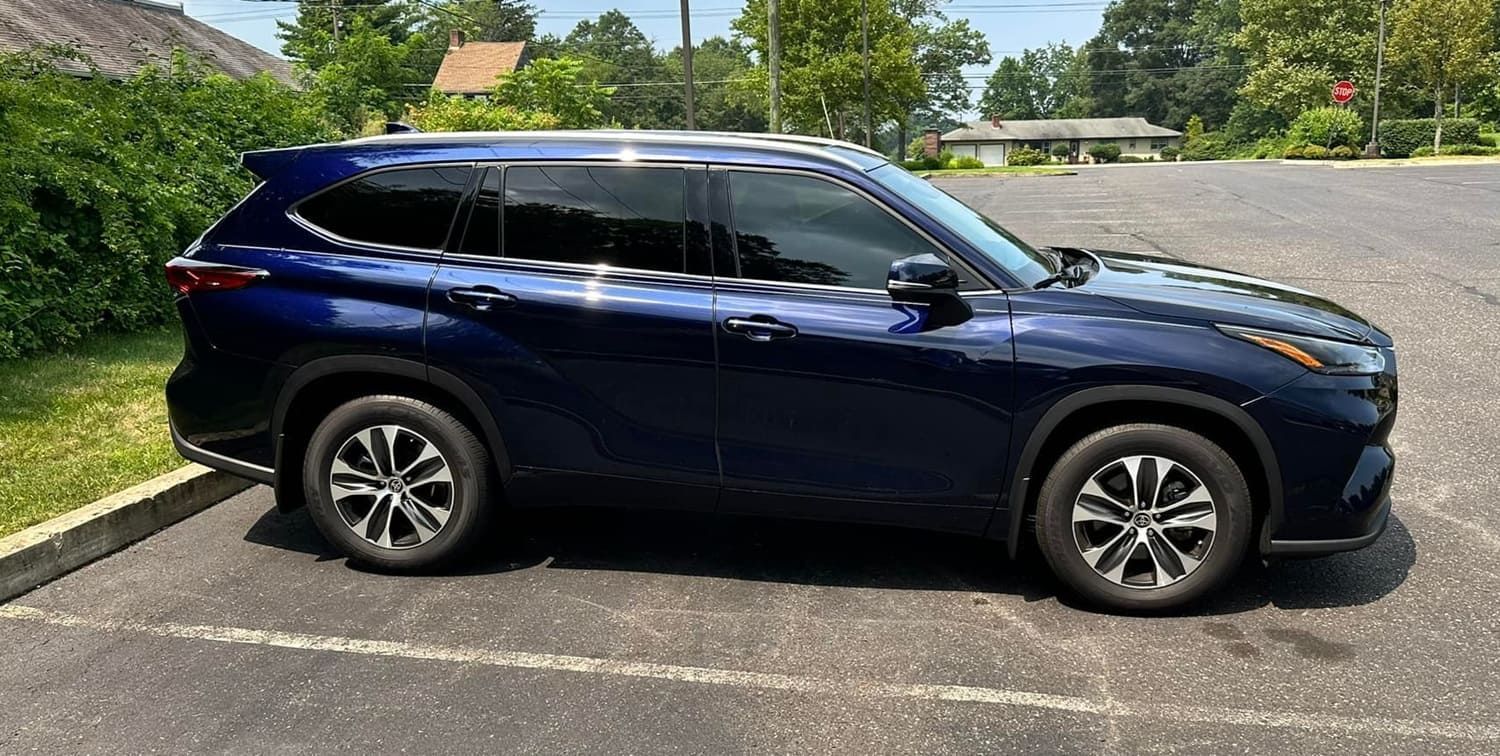Safety Film vs. Tempered Glass: Which Is Safer?
When it comes to ensuring safety in our homes, particularly with windows and glass doors, we often find ourselves caught between two popular options: safety film and tempered glass. Each has its unique features and benefits, but which one is the safer choice for your home? In this article, we'll delve into the differences between safety film and tempered glass, helping you decide which is the best fit for your home security needs.
Before we dive into the comparison, it's essential to understand what each of these options entails.
Safety film, such as the Llumar home safety films, is a thin, transparent layer applied to existing glass surfaces. It's designed to hold glass together in the event of a breakage, preventing shards from scattering and causing injury. Safety films are often used in homes, schools, and commercial buildings to enhance the security of windows and glass doors.
Safety films have evolved over the years, with many variations available on the market today. Some are specifically engineered for impact resistance, while others focus on features like UV protection or privacy enhancements. The versatility of safety films makes them a popular choice for homeowners looking to improve safety without compromising on aesthetics.
Moreover, safety films are available in various thicknesses, offering different levels of protection. Thicker films provide higher resistance to breakage and are often used in areas prone to severe weather conditions or potential explosions. This adaptability makes safety films a practical solution for diverse environments and needs.
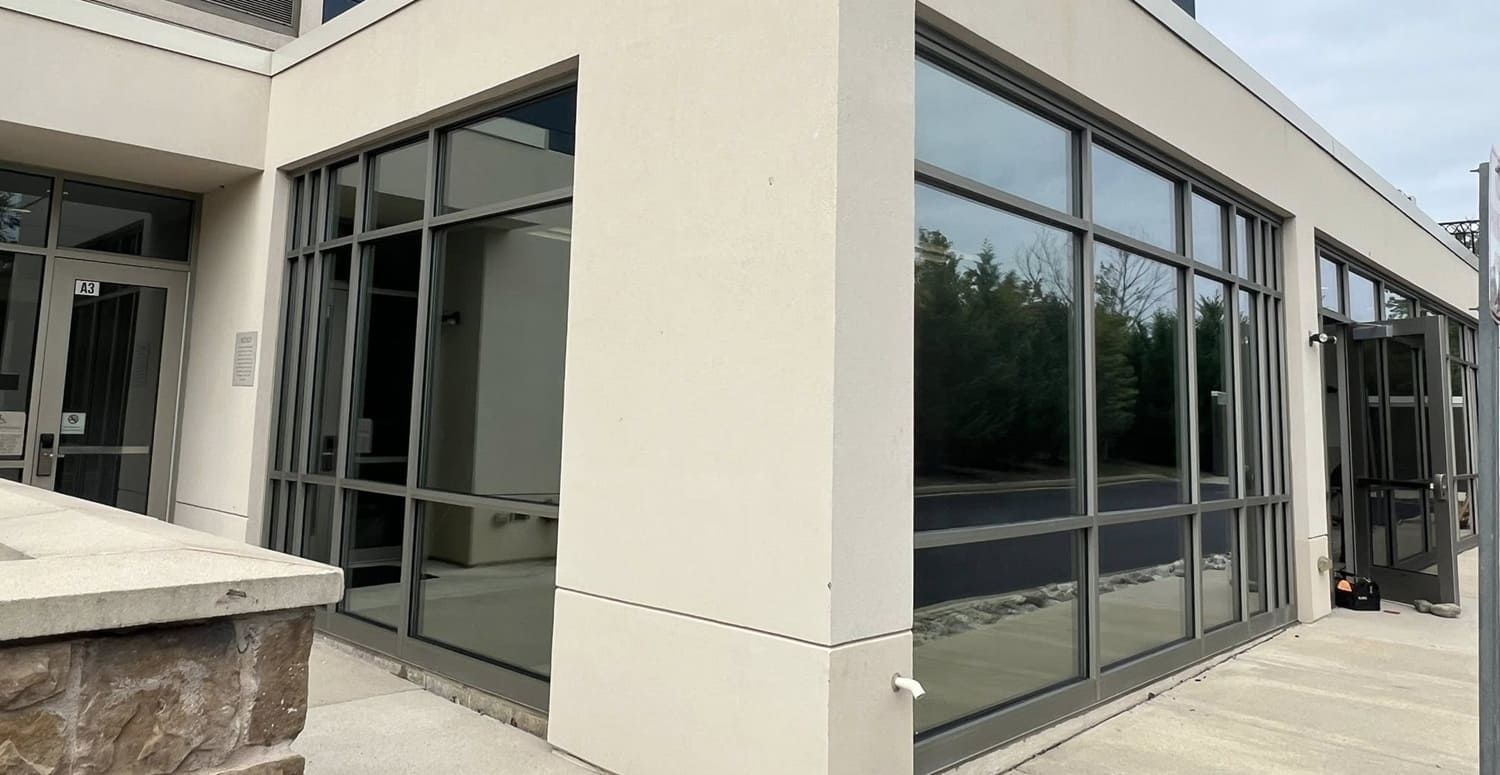
What is Tempered Glass?
Tempered glass is a type of safety glass that has been treated with heat or chemicals to increase its strength. It's about four to five times stronger than standard glass and is designed to shatter into small, blunt pieces instead of sharp shards when broken. This feature reduces the risk of injury, making tempered glass a popular choice for areas prone to impact, like shower doors and glass partitions.
The process of creating tempered glass involves heating standard glass to a high temperature and then rapidly cooling it. This process, known as tempering, alters the internal structure of the glass, enhancing its strength and durability. As a result, tempered glass is not only stronger but also more resistant to sudden temperature changes and pressure.
In addition to its strength, tempered glass offers aesthetic advantages. Its clarity and smooth finish make it an attractive option for modern architectural designs. Homeowners often choose tempered glass for its sleek appearance, which complements contemporary interior and exterior decor.
Comparing Features
To make an informed decision, it's crucial to compare the features of safety film and tempered glass.
Strength and Durability
Both safety film and tempered glass offer enhanced strength compared to regular glass. However, they achieve this in different ways.
- Safety Film: While the film itself doesn't strengthen the glass, it does hold the pieces together if the glass breaks, reducing the risk of injury from flying shards. This containment feature is particularly beneficial in reducing potential hazards in high-traffic areas or homes with children and pets. Moreover, safety films can enhance the resilience of older glass installations, prolonging their lifespan and maintaining safety standards.
- Tempered Glass: The tempering process increases the strength of the glass itself, making it less likely to break in the first place. When it does break, it shatters into small, less harmful pieces. This shatter-resistant quality is crucial in areas vulnerable to impacts, such as kitchen cabinets or glass facades in commercial buildings. Additionally, tempered glass is known for its ability to withstand extreme environmental conditions, contributing to its widespread use in both residential and commercial settings.
Installation and Maintenance
- Safety Film: Installing safety film is a relatively simple process that involves applying the film to existing glass surfaces. It's a cost-effective way to enhance safety without replacing glass. Maintenance is minimal, requiring regular cleaning with standard glass cleaners. The flexibility of application allows homeowners to retrofit existing windows, making it a versatile choice for those seeking quick safety enhancements.
The installation process usually involves cleaning the glass surface thoroughly before applying the film, ensuring a smooth, bubble-free finish. Professional installation services are available for those who prefer expert handling, though DIY kits are also widely accessible for the more hands-on homeowner. Once installed, safety films require little upkeep beyond routine cleaning, making them an attractive option for busy households.
Moreover, safety films can be easily replaced if damaged, offering a practical solution for maintaining consistent safety levels. This ease of maintenance, combined with the initial low cost, makes safety films a popular choice for budget-conscious homeowners.
- Tempered Glass: Installing tempered glass requires replacing existing glass with tempered panels, which can be more costly and labor-intensive. Once installed, tempered glass requires no special maintenance beyond regular cleaning. The initial installation process may involve precise measurements and custom fittings, which can add to the overall cost and installation time.
Despite the higher upfront investment, tempered glass offers long-term savings in maintenance and replacement costs. Its robust nature means it is less likely to require frequent repairs, providing peace of mind to homeowners who prioritize durability.
Additionally, tempered glass is resistant to scratches and abrasions, maintaining its clarity and appearance over time. This durability is a significant advantage for homeowners seeking a long-lasting, low-maintenance safety solution.
Cost Considerations
- Safety Film: Generally, safety film is more affordable than replacing glass with tempered glass. It's an economical way to improve safety, especially for large windows or multiple glass panels. The cost-effectiveness of safety films makes them a popular choice for homeowners looking to enhance safety without exceeding their budget.
The affordability of safety films also makes them a practical choice for rental properties, where permanent alterations may not be feasible. Landlords and property managers often opt for safety films to comply with safety regulations while keeping costs manageable.
Furthermore, safety films offer a cost-effective solution for homeowners looking to experiment with different styles or privacy levels without committing to a long-term investment. This flexibility allows for customization according to changing preferences or needs.
- Tempered Glass: While more expensive upfront, tempered glass offers long-term durability and safety, which can offset initial costs over time. The investment in tempered glass can enhance property value and provide significant savings in the long run by reducing the need for frequent replacements.
Homeowners often consider tempered glass a worthwhile investment for high-risk areas or homes in regions prone to extreme weather conditions. The enhanced safety and durability tempered glass provides can justify the initial expenditure, especially for those who prioritize long-term value and reliability.
Additionally, tempered glass is often seen as an upgrade in property listings, potentially increasing resale value and attractiveness to potential buyers. This added benefit can make tempered glass a strategic investment for homeowners looking to enhance their property's marketability.
Safety and Security Benefits
When it comes to safety and security, both options have their advantages.
Safety Film
- Increased Security: Safety film makes it harder for intruders to break through glass, as the film holds the glass pieces together even after impact. This added layer of security can deter potential burglars, providing homeowners with peace of mind.
In addition to burglary prevention, safety films can also protect against vandalism. The film can make it more challenging to cause damage, discouraging acts of vandalism and preserving the integrity of the glass.
Furthermore, safety films are available in tinted or reflective options, adding privacy to homes by obscuring the view from the outside. This feature can enhance both security and privacy, making safety films a versatile choice for homeowners.
- UV Protection: Many safety films also block harmful UV rays, which can protect furniture and flooring from fading. The UV-blocking properties of safety films can contribute to preserving the interior of a home, reducing the need for frequent repairs or replacements of furnishings.
This protective feature is particularly beneficial in regions with intense sunlight, where UV exposure can cause significant damage over time. By reducing UV penetration, safety films can help maintain the aesthetic appeal and longevity of a home's interior.
Additionally, UV protection can contribute to energy savings by reducing heat gain through windows, potentially lowering cooling costs during hot weather. This energy efficiency can make safety films an attractive option for environmentally conscious homeowners.
- Blast Protection: In case of an explosion, safety film holds glass together, reducing the risk of injury from flying shards. This feature is particularly valuable in high-risk areas or buildings where explosions or blasts are a concern.
The ability to contain shattered glass can prevent injuries and damage in the event of an explosion, providing an additional layer of safety for occupants. This blast protection capability is one reason safety films are often used in government buildings, airports, and other high-security facilities.
Moreover, the presence of safety film can enhance a building's overall structural integrity during explosive events, contributing to a safer environment for those inside.
Tempered Glass
- Shatter Resistance: Tempered glass is less likely to break under impact due to its increased strength. This resistance to breakage is a significant advantage in areas where glass is frequently subjected to impacts, such as patio doors or storefronts.
The shatter-resistant nature of tempered glass also makes it ideal for use in environments where safety is a priority, such as schools, hospitals, and childcare facilities. By reducing the likelihood of breakage, tempered glass can contribute to creating a safer environment for occupants.
Additionally, the shatter resistance of tempered glass can minimize the risk of accidental damage during cleaning or maintenance, providing long-term value and reliability.
- Injury Reduction: If broken, tempered glass shatters into small, blunt pieces, which are less likely to cause injury. This safety feature is particularly beneficial in homes with children, pets, or elderly residents, where the risk of injury from glass breakage is a concern.
The ability to shatter into less harmful pieces makes tempered glass a preferred choice for high-traffic areas, such as bathrooms or kitchens, where accidental breakage is more likely. This injury reduction capability can provide peace of mind to homeowners, knowing that their family is protected from potential harm.
Moreover, the safety of tempered glass extends to public spaces, where the risk of injury from glass breakage can be significant. By minimizing injury potential, tempered glass contributes to safer environments in commercial and public settings.
Environmental Impact
Both safety film and tempered glass have environmental considerations.
Safety Film
Applying film to existing windows reduces waste by extending the life of current glass. However, the film itself is a synthetic material, which may have environmental impacts. The production and disposal of synthetic materials can contribute to environmental concerns, making it essential for homeowners to weigh the benefits and drawbacks.
Despite its synthetic nature, safety film can contribute to energy efficiency by reducing heat gain through windows, potentially lowering energy consumption. This energy-saving capability can offset some of the environmental impacts associated with its production.
Additionally, many manufacturers are working to develop more environmentally friendly safety films, using sustainable materials and production processes. Homeowners interested in minimizing their environmental footprint can explore these eco-friendly options when considering safety film.
Tempered Glass
Although it requires replacing glass panels, tempered glass is recyclable and has a long lifespan, reducing the need for frequent replacements. The recyclability of tempered glass makes it a more environmentally friendly option, as it can be repurposed into new glass products.
The durability of tempered glass also contributes to its environmental benefits, as it reduces the need for frequent replacements and waste generation. By investing in a long-lasting product, homeowners can minimize their environmental impact over time.
Furthermore, the production of tempered glass can be energy-intensive, but advancements in manufacturing technology are helping to reduce its carbon footprint. Homeowners can seek out manufacturers that prioritize sustainable practices, ensuring that their choice of tempered glass aligns with their environmental values.
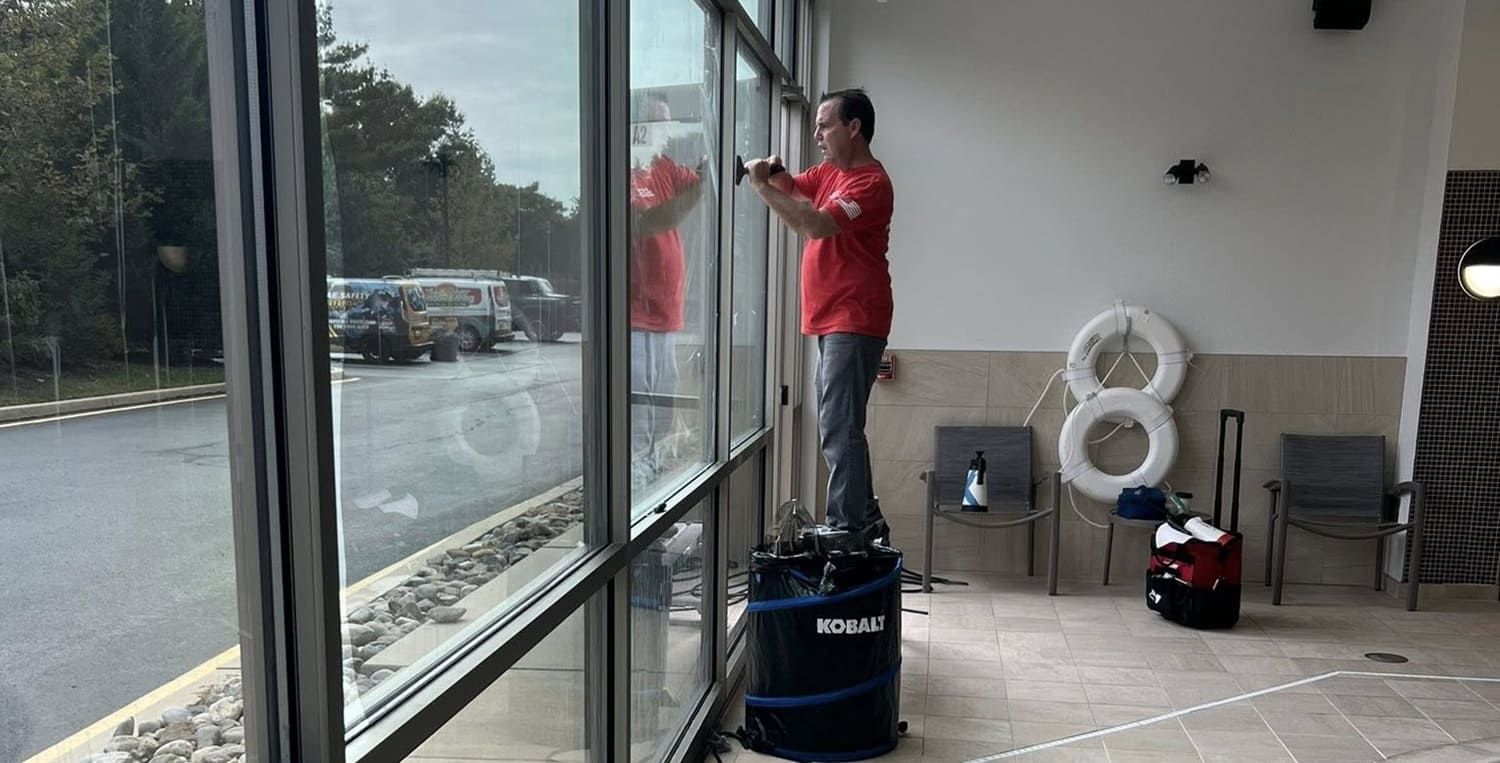
Making the Right Choice for Your Home
Choosing between safety film and tempered glass depends on your specific needs and circumstances.
Budget
If you're working with a limited budget and want to enhance safety without replacing windows, safety film is a cost-effective solution. The affordability of safety films makes them an ideal option for homeowners looking to improve safety without significant financial investment.
Safety films also offer flexibility for those who may need temporary safety solutions, such as renters or homeowners planning future renovations. The low cost and ease of installation make safety films an accessible choice for a wide range of budgetary considerations.
However, it's essential to consider the long-term cost implications of safety films, as they may require more frequent replacements compared to tempered glass. Homeowners should weigh the initial savings against potential future expenses to determine the most cost-effective solution.
Long-Term Investment
If you're looking for a long-term solution and are willing to invest more upfront, tempered glass provides durability and enhanced safety. The initial investment in tempered glass can offer significant returns in terms of safety, reliability, and property value.
Homeowners seeking a permanent safety solution may find tempered glass a worthwhile investment, as its durability can reduce the need for future replacements or repairs. This long-term value can make tempered glass an attractive option for those prioritizing safety and longevity.
Additionally, the aesthetic appeal of tempered glass can enhance a home's overall appearance, contributing to increased property value and marketability. For homeowners looking to make a lasting impact on their home, tempered glass offers both practical and aesthetic benefits.
Specific Needs
Consider factors like the location of the glass, potential risks, and whether UV protection is a priority. Homeowners should assess their unique circumstances to determine which option best meets their needs.
For example, homes in regions with frequent hurricanes or severe weather may benefit from the added protection of safety films, while those in urban environments may prioritize the durability and shatter resistance of tempered glass.
Additionally, homeowners concerned about UV exposure may prioritize safety films for their protective benefits, while those focused on aesthetic appeal and clarity may lean towards tempered glass. By evaluating these specific needs, homeowners can make an informed decision that aligns with their priorities and lifestyle.
Conclusion
Both safety film and tempered glass provide excellent safety benefits, though they serve different purposes depending on your needs. At South Jersey Window Tinting in Medford, NJ, a Premier and Trusted LLumar SelectPro Dealer and one of the best Safety and Security Films installers near you, we help homeowners choose the right solution to protect their property, enhance comfort, and improve peace of mind.
Safety film is an affordable and effective option for enhancing window strength, increasing security, and protecting against UV rays. It bonds directly to your existing glass, reducing the risk of shattering during accidents, storms, or break-ins. On the other hand, tempered glass provides unmatched durability and shatter resistance, making it ideal for high-impact areas or structural applications where maximum strength is required.
Ultimately, the decision between safety film and tempered glass depends on your goals, budget, and desired level of protection. By understanding the unique benefits of each option, you can make an informed choice that improves your home’s safety, efficiency, and comfort.
For expert guidance and professional installation, contact South Jersey Window Tinting in Medford, NJ today for your free estimate. Our LLumar SelectPro-certified team delivers precision installation and top-quality materials that keep your home secure, energy-efficient, and protected year-round.
FAQs About Safety Film and Tempered Glass
What’s the main difference between safety film and tempered glass?
Safety film is a clear layer added to glass, while tempered glass is heat-treated for strength.
Which is safer, safety film or tempered glass?
Both improve safety, but tempered glass resists breaking while safety film holds broken glass together.
Does safety film make regular glass stronger?
Yes. It adds impact resistance and prevents dangerous shards from scattering.
Can tempered glass still shatter?
Yes. It breaks into small, blunt pieces instead of sharp shards.
Is safety film cheaper than replacing windows with tempered glass?
Yes. Safety film is more affordable and easier to install.
Can you apply safety film to tempered glass?
Yes. Doing so enhances both impact protection and shatter resistance.
Does either option block UV rays?
Only safety film provides UV and heat rejection benefits.
Which option is best for homes or businesses?
Safety film is ideal for upgrades, while tempered glass works best for new construction.
